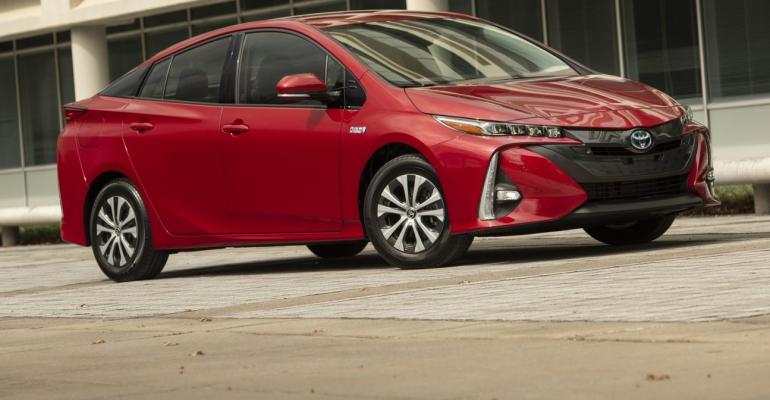Technically advanced electric vehicles are providing lifelong drivers of gas-powered automobiles a greater opportunity to embrace an EV lifestyle.
These are available in most model types and offer spirited performance and ranges from about 100-500 miles (160-805 km) for battery-electric vehicles.
Stepping into the EV world requires assessing the cost of ownership, and a vehicle’s price and insurance rates are among the key factors to contemplate.
The initial concern is price. BEVs and plug-in hybrid electric vehicles generally cost more than gas equivalents. For example, the starting price for a Mini Electric Hardtop 2-Door is $29,900 and its gas sibling is $22,400.
Options such as the Toyota Prius Prime PHEV satisfy both budget and range concerns. Base priced at $28,220, versus $24,525 for its base hybrid sibling, Prius Prime has plug-in all-electric capability as well as a gas-engine backup that gives it a 640-mile (1,030-km) hybrid range. In battery-only mode, it travels about 25 miles (40 km).
Tax credits and incentives help offset an EV’s purchase price. BEVs and PHEVs may be eligible for a federal income tax credit of up to $7,500, reports www.fueleconomy.gov. “The credit amount will vary based on the capacity of the battery used to power the vehicle.”
State and regional incentives also are available for BEVs and PHEVs. “Many states have a dozen or more programs,” reports Edmunds, an online automotive resource. “It’s a good idea to be sure about available state and local incentives before you shop. Just because a state had a program doesn’t mean it will continue indefinitely.”
As with conventional cars, the steeper the EV price, the higher the insurance rate, and policies include the same standard coverages such as liability, collision and comprehensive.
 EV insurance rates, however, generally are significantly higher. Self Financial Inc. reports the average yearly U.S. insurance cost for an EV is $1,674, which is $442 more than a comparable gas car.
EV insurance rates, however, generally are significantly higher. Self Financial Inc. reports the average yearly U.S. insurance cost for an EV is $1,674, which is $442 more than a comparable gas car.
The reason for higher insurance rates is that EVs cost more to repair. Advanced technicians and specialized tools often are needed to repair EVs, and this usually requires taking the vehicle to a higher-priced dealer workshop. Cheaper aftermarket parts are more scarce so expensive original equipment parts have to be used.
Also, unibody frame panels and components made of advanced lightweight materials in some EVs (usually high-end) are more costly to replace. Importantly, a relatively minor collision can result in the replacement of a battery, often because of the fear of it later catching fire. Replacing a battery costs about $6,000 to $16,000-plus.
Along with a model’s claims history and the owner’s claims status, age, gender, marital status and home location (urban vs. rural) affect insurance costs. In other words, an ideal scenario is a 40-year-old married female who lives in the country and has a clean driving record.
Insurance costs also vary from state to state. Densely populated states have higher rates because of greater chances of accidents and theft.
Also, states have varying minimum liability requirements, and states with higher costs of living generally have greater rates. For instance, yearly insurance premiums for a $37,990 Tesla Model 3 may be roughly $1,250 in Maine and $3,440 in Louisiana.
 Shopping around for EV insurance can save money. Safety features, such as autonomous and collision-avoidance technologies, can help lower premiums, and some insurers may reward an EV’s eco-friendliness with discounts.
Shopping around for EV insurance can save money. Safety features, such as autonomous and collision-avoidance technologies, can help lower premiums, and some insurers may reward an EV’s eco-friendliness with discounts.
“Green driving,” with zero emissions and fuel costs, and lower maintenance expenses are major benefits over gas vehicles. “Electric vehicles do not require as much maintenance as gas-powered ones since they don’t need oil changes or air-filter replacements (an estimated $330 annual savings),” reports AAA.
“For consumers who are interested in electric vehicles, AAA recommends visiting a dealership, test driving one and asking as many questions as possible to make an informed decision.”
Tim Spell (above) is an automotive columnist and analyst for Insurancequotes.com.





